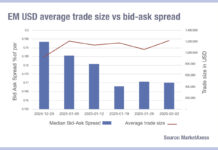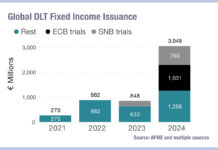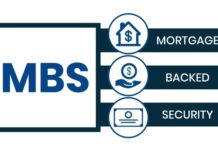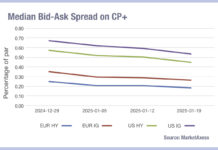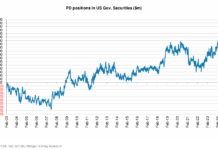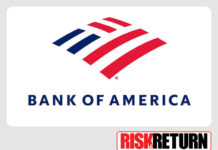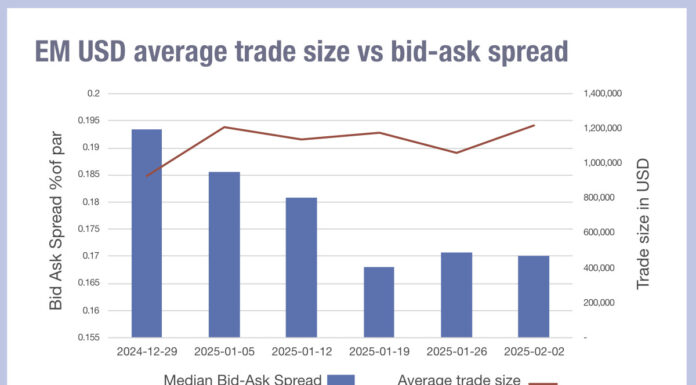Investor risk appetite has risen over September, according to State Street’s Institutional Investors Indicators, reaching 0.27 by the end of the year despite a mid-month dip following supportive policy announcements.
“Think of it as a September smile: a strong start to the month for risk-taking, followed by a more defensive mid-month, and then a sharp recovery in sentiment towards month-end,” explained Dwyfor Evans, head of macro strategy for APAC at State Street Global Markets.
This has occurred in line with policy easing and economic stimulus from the Federal Reserve and the Chinese authorities, he added, with the full impact of the latter still to be seen. “Cross-border equity flows into Chinese stocks rose to the top quintile in the immediate aftermath of the stimulus announcement,” Evans commented.
Elsewhere in the APAC region, he added, “strong equity flows into Indonesia and Malaysia might reflect stronger investor sentiment towards commodity exporters. Meanwhile, expectations on further Bank of Japan rate tightening saw a sharp reversal in JPY flows with investors sitting on a top quartile overweight. This has cascaded more broadly in the region: all Asian emerging currencies bar the CNY sit on top quartile positioning levels, an indication of bullish bets on regional FX on expectations of further Fed easing and a softer USD”.
Institutional investor allocation adjustments were modest in September, State Street reported, but noted that cash holdings fell to their lowest level since the beginning of August. Bond allocations have risen marginally since August, while stock allocations were unchanged. However, stock holdings have remained above the long-term average in line with equity weightings in recent years.
“The move back into risk is not without challenges, notably the outcome of the US election and on-going geopolitical risks, but this notion that policy easing has diminished recession risks is best highlighted by cyclical relative to defensive equity sector flows, which recovered in September to levels last seen in Q1 2023,” Evans concluded.
©Markets Media Europe 2024

